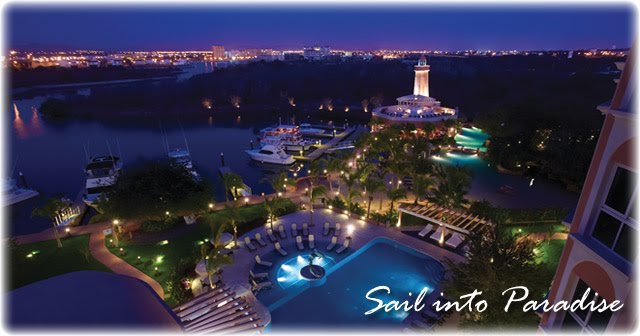

 Along the Sinaloa coastline there are large wetlands, urban wetlands, estuaries and coastal lagoons. All of these ecosystems are of great importance to the migrating aquatic and waterfowl, since they serve as their, resting and refugee areas they depend upon during their long migration along the Pacific route. There are more than 50 species of migrating birds that strictly depend on these important refugees. For birdwatchers, wetlands provide some of the most exiting habitats because they contain all sorts of spectacular species of birds, such as teals, ducks, goose, pelicans, cormorants, herons, ibises, spoonbills, shorebirds, oystercatchers, etc. When one goes birding to the wetlands, there are well-defined habitats and this makes it a unique experience since we can learn about bird’s social behavior, feeding tactics, and their cycles of annual migration of the different species.
Along the Sinaloa coastline there are large wetlands, urban wetlands, estuaries and coastal lagoons. All of these ecosystems are of great importance to the migrating aquatic and waterfowl, since they serve as their, resting and refugee areas they depend upon during their long migration along the Pacific route. There are more than 50 species of migrating birds that strictly depend on these important refugees. For birdwatchers, wetlands provide some of the most exiting habitats because they contain all sorts of spectacular species of birds, such as teals, ducks, goose, pelicans, cormorants, herons, ibises, spoonbills, shorebirds, oystercatchers, etc. When one goes birding to the wetlands, there are well-defined habitats and this makes it a unique experience since we can learn about bird’s social behavior, feeding tactics, and their cycles of annual migration of the different species.Within the 18 municipalities of our State there are a great number of wetlands of varying sizes. Two of the largest bays that are important nesting areas for the Branta bernicla are Santa María and la Reforma. One of the most striking birds that visit us from the north is the American white pelican (Pelecanus erythrorhynochos). With a wingspan of 3 meters, this is one of the North america’s largest and there are few more spectacular sights than a flock of White Pelicans wheeling and turning in unison. These birds nest mostly in colonies at large lakes in the interior west and then migrate to lagoons and estuaries along the coast of the southern US and Mexico for the winter. Unlike the coastal Brown Pelican (Pelecanus occidentalis), which dives from the air, White Pelicans feed while they are swimming, putting their heads and bills under water to scoop up fish and crustaceans. Often they gather in large groups and they work as a synchronized team. Before sunrise, they look for the feeding grounds, where they congregate sometimes more than 1000 individuals, resembling a huge white patch in the estuaries. Local fisherman names these birds “Borregones” or “Canadian Ducks”.
La Laguna del Camarón is the remains of the El Sabalo estuary one of the last urban natural refugees of the black-bellied Whistling-Duck (Dendrocygna Autumnalis), where a colony of more than 1000 birds used to inhabit less than 2 years ago and 10 years ago, an active breeding colony of approximately 80 pairs of Black Skimmers Rynchops niger lived. The American White Pelican could also been seen in large flocks in this estuary. These are just a few examples of the resident and migratory avifauna that once existed and depended on the former El Sabalo estuary.
As the learned Edward Wilson mentioned: “One can say that in each country there are three different type of richness: material, cultural and biological. The first two we understand very well because they are substance of our daily lives. The biological richness is taken with much less seriousness. This is a serious strategic mistake and one that will be more regrettable as time goes by”.
The only urban wetland that has been preserved thanks to the efforts of conservation biologists is El Yugo estuary. This small body of brackish water shelters more than 180 species of resident and migratory birds.
Now Developers are very concern about environment and natural resources. One of the projects very thoughtfully planed is Marina Costa Bonita where regional flora and fauna were respected, more than that it plays an important roll in the landscape.
Mazatlan is rich in natural resources and natural beauties, but the wonderful weather is one of the main reason why not only birds but a lot of people prefer to have their Home in this beautiful place that we call Paradise. Learn more about Mazatlan Real Estate.


No hay comentarios:
Publicar un comentario